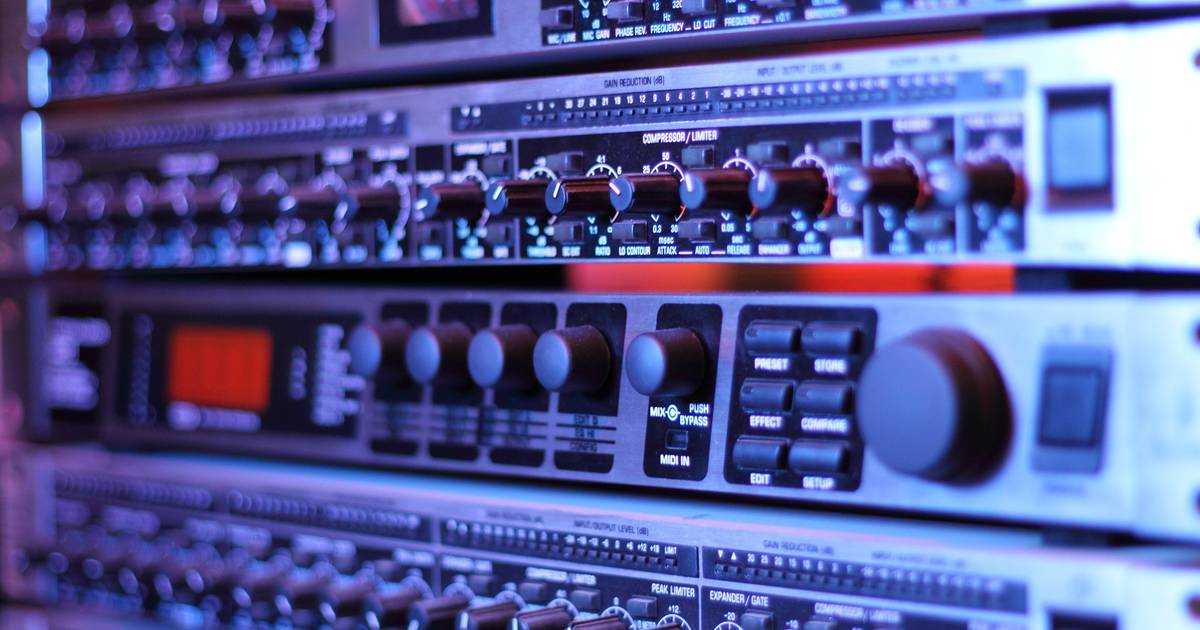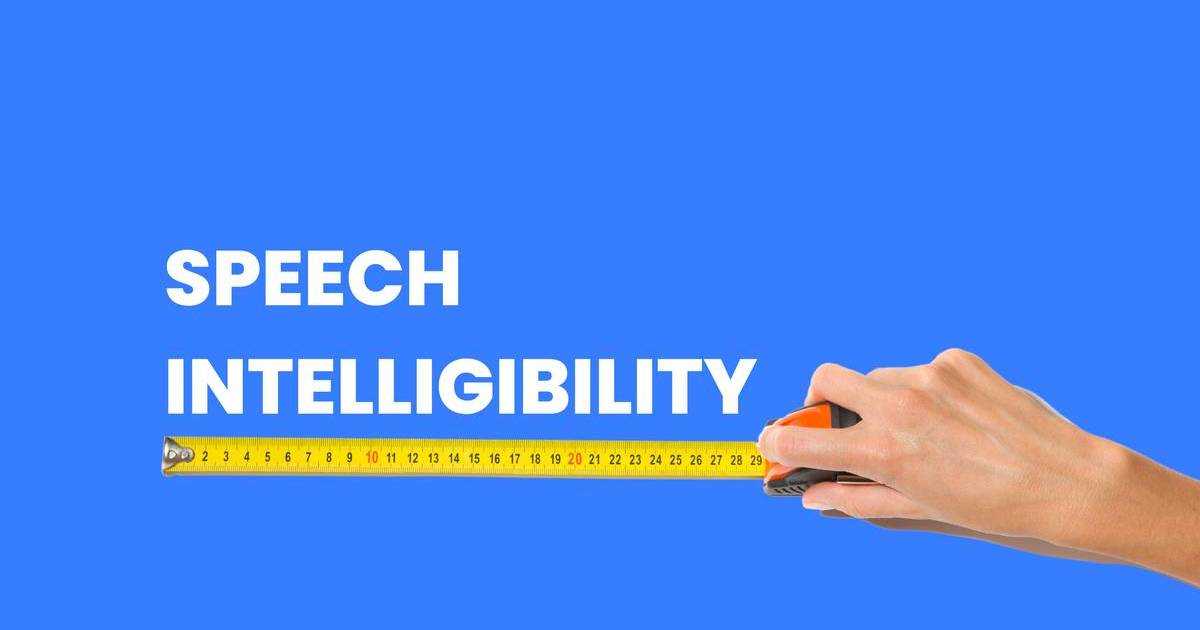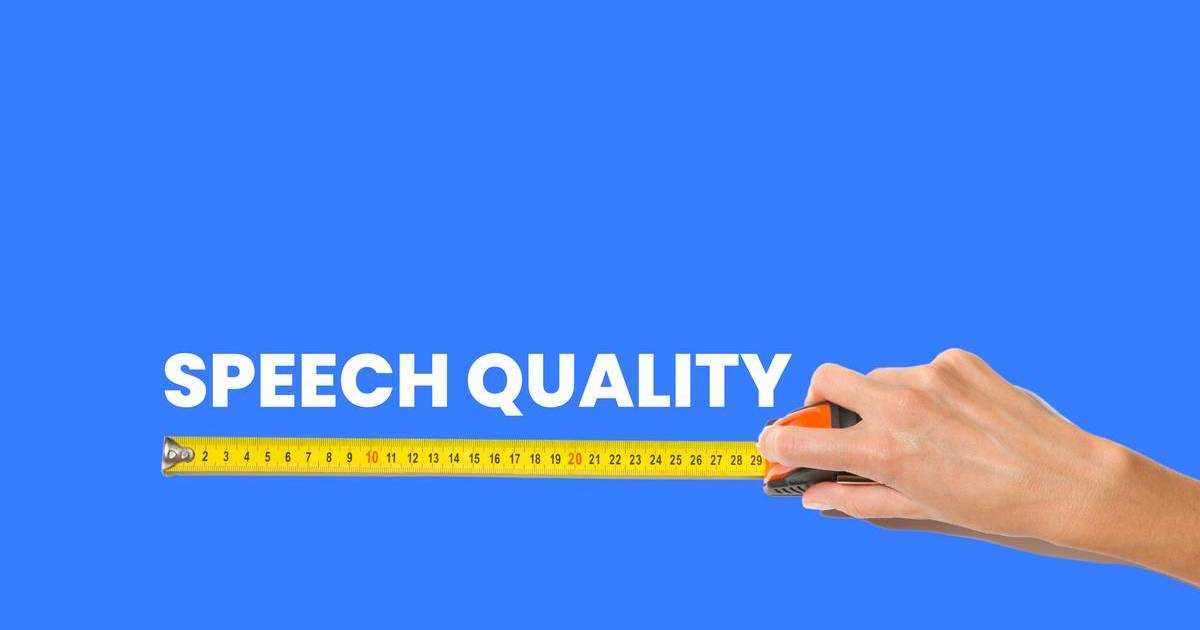Communication applications offer a better experience by enabling noise suppression as it helps listeners focus on the speaker. It elevates human-to-human communications in virtual settings whether it’s a business call, customer service inquiry, online game, or family union. However, finding the best noise suppression software that runs in real time is not easy.
Many developers ask what the best free noise suppression software is for streaming. We gathered five major criteria to consider before choosing noise suppression software.
- Latency
- Platform Support
- Runtime
- Quality
- Cost
1. Latency: For streaming applications, latency should be minimal. Otherwise, real-time experiences to minimize the latency and offer “real” real-time experiences, noise suppression software should process voice data on the device. Otherwise, latency affects the sense of presence, and humans start talking over each other. For non-streaming applications, this is not important. However, for streaming applications, it’s a must.
2. Platform Support: Platform support is important for both streaming and non-streaming applications. It’s important to make sure that the noise suppression software you’re considering support all the platforms that your application currently runs and will run in the future. If it’s a web-based meeting application, users will expect the same experience on every device and browser they use whether it’s Chrome, Safari, or mobile Firefox.
3. Runtime: Noise Suppression software may be small and efficient enough to run on-device. However, it shouldn’t impact the overall performance of your application or the device. If Noise Suppression software drains the battery of mobile devices due to high power requirements, then users will not be happy with your application.
4. Quality: After finding noise suppression software alternatives that are fast, efficient, and compatible with your application, then evaluate the quality. If the software doesn’t perform well, then it won’t add so much value to your application. Some engines do not perform well against short and loud non-stationary noises, such as sirens, and keyboard typing. Make sure your evaluation data set includes them as well if they matter. You can also use the open-source noise suppression benchmark developed by the Picovoice team. While working on Koala Noise Suppression, we noted that there was no scientific and transparent framework available to compare alternatives.
5. Cost: When there is free and open-source noise suppression software for streaming, RNNoise, why should you pay, right? Whether to buy, open-source or build is a famous debate in software development. It depends on many factors. Thus, the concept of the total cost of ownership is equally famous. Consider whether you have the in-house expertise to build and maintain, the types of noises you want to remove, how important the feature, hence support is, and the platforms you currently need and may need in the future.
In similar articles, choosing the best natural language understanding and speech-to-text engines we concluded that there was not a single “best” engine for everyone, but the best engine for uses cases, applications, and different requirements. However, if you’re looking for high-quality noise suppression software for streaming to build a commercial application, then this time there is the single best engine: Koala Noise Suppression. Do not take our word, test it out with Picovoice’s Free Plan!
Start Building






